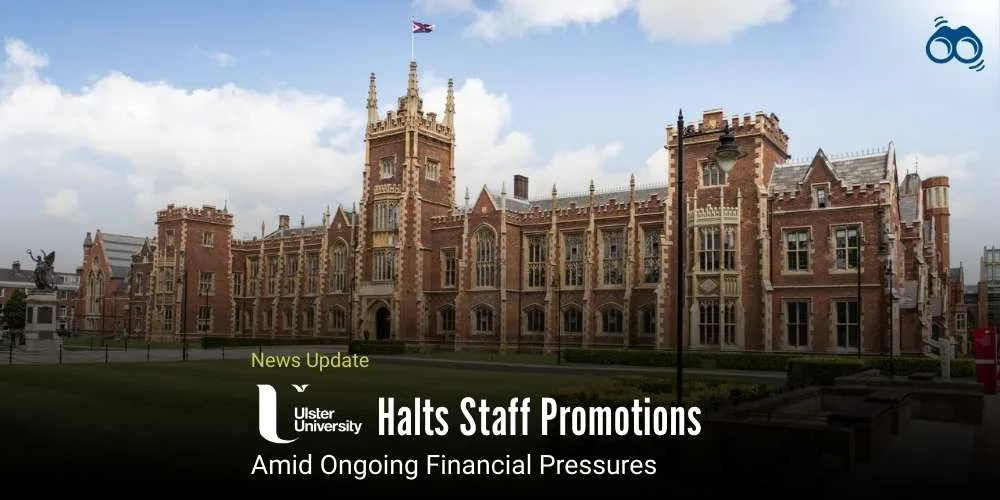Self-Repairing Plastic Ready to Handle Environmental Challenges
Revolutionary Self-Repairing Plastic Offers Hope for a Sustainable Future
Plastic pollution is impacting the environment more than any other pollutant. It is affecting every part of the planet, from oceans to remote wilderness areas. Each year, the world generates approximately 350 million tonnes of plastic waste, a figure that has more than doubled over the past 20 years. Unfortunately, about a quarter of this plastic waste is not properly managed, meaning it isn't recycled, incinerated, or safely stored in landfills. As a result, much of this mismanaged waste ends up polluting the environment, contributing to serious ecological challenges.
A team of UK scientists at Bournemouth University have developed self-healing plastic by adding nanomaterials, allowing it to repair itself and retain nearly all of its original strength. Published in Applied Nano Materials, the research offers potential for sustainable products and reduced plastic waste. Dr Amor Abdelkader, the study's lead, explained that the process mimics natural healing, similar to how blood solidifies to close a wound. He highlighted that this innovation could prolong the lifespan of everyday plastic products, such as reusable bottles, mobile phones, and plastic pipes, thereby reducing waste. His team used MXene nanosheets, a powder-like material that strengthens plastics. They modified MXene with chemicals to create a healing agent with adhesive properties.
Further, he explained that the healing agent remains dormant in gel form until the plastic is damaged and exposed to humidity, which activates it to bond the broken sections. Dr Chirag Ratwani, the project's Chief Scientist, added that MXene with the healing agent makes the plastic stronger and more break-resistant. If it does break, it can self-repair, restoring 96% of its original strength in just a few minutes.
Building on this self-healing capability, the Bournemouth University researchers are now conducting further research to design new devices that could last longer by repairing themselves. Dr. Abdelkader shared that they have already tested this concept and developed new sensors capable of detecting human motion, which can self-repair after being damaged. He added that such advancements could lead to next-generation electronics requiring little to no maintenance, thereby increasing their longevity. This innovative research in self-healing plastic offered a solution to the global plastic waste problem. It potentially extends the life of products making them more sustainable and long-lasting.
Editor's Note:
As plastic pollution is a pressing challenge in today’s world, self-healing plastic offers a ray of hope to address this global issue. By harnessing the power of nanoscience, the nanomaterial used by scientists enables plastic to repair itself, extending the lifespan of everyday products, reducing waste, and creating more sustainable solutions for the future. This research will contribute to reducing environmental impact and open up new possibilities for the design of self-repairing technologies in various industries, including electronics and manufacturing.
Skoobuzz congratulates the team of researchers for developing such innovations that provide a more sustainable and less wasteful world for future generations.














0 Comments (Please Login To Continue)